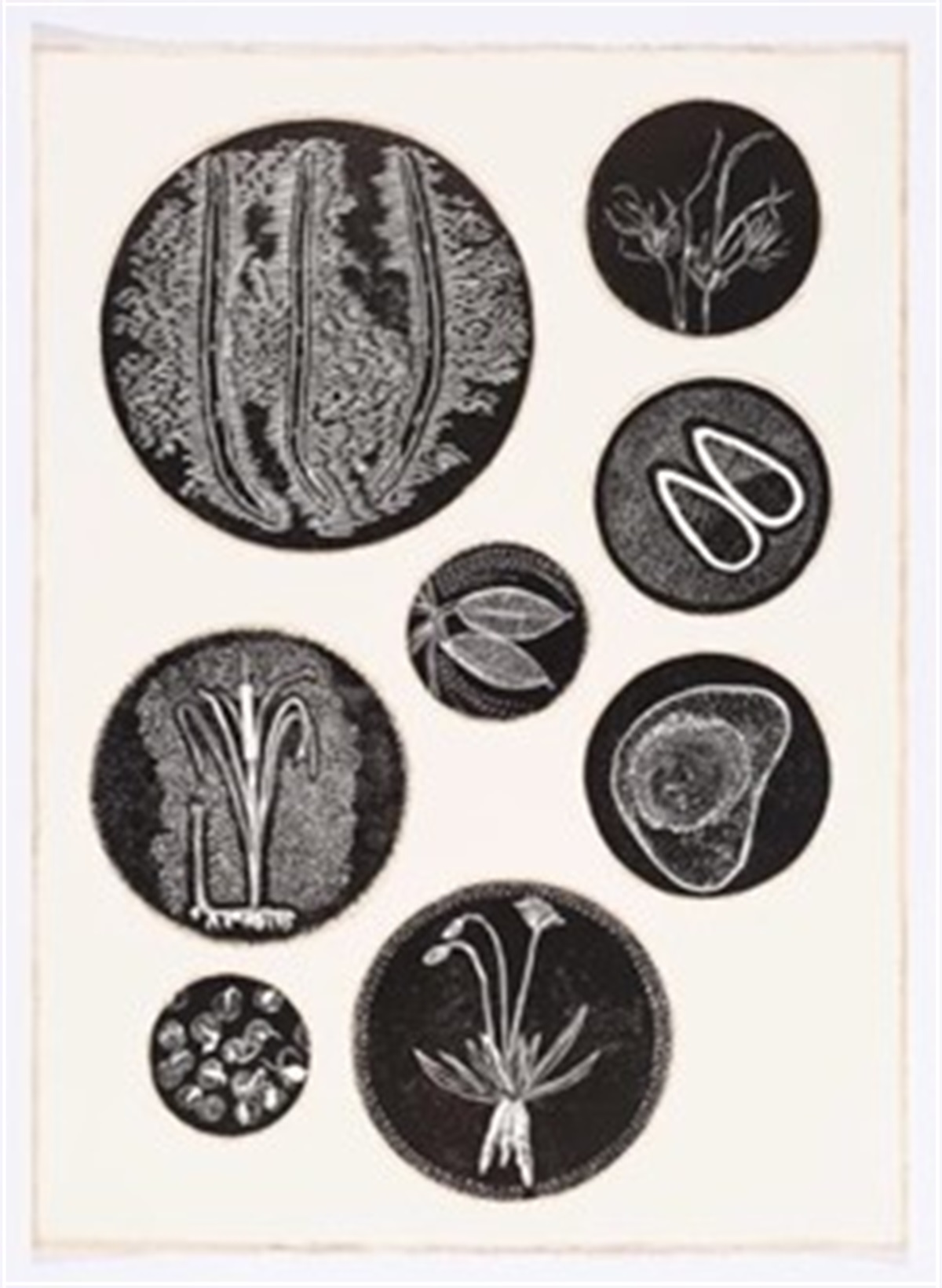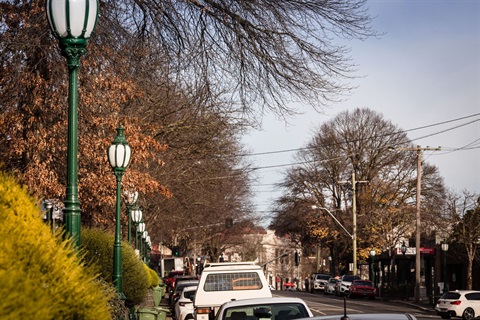On Friday we held a ceremony to officially unveil the new names for the laneways around the Civic Centre in Port Adelaide. The laneways in this precinct have been named after members of the revered Kaurna family who continue to be recognised in local history and who are also known for their relationship with settlers in the early settlement years of the Adelaide Plains and the Port Adelaide region.
(b. circa 1814 — d. unknown), widely referred to as ‘King Rodney’, was a Kaurna Elder of the Adelaide Plains. He was reported to be the first Kaurna man whom the Europeans encountered when they arrived at Port Adelaide. Ityamaiitpina lived in a summer camp with his wife Tangkaira and daughter Iparityi in the area near the lighthouse near Commercial Road. He and other Kaurna leaders often greeted boats arriving in Port Adelaide.
(b. unknown — d. 1860) was known as ‘Queen Charlotte’. She is thought to have been born in the Clare district. The couple lived in Yartapuulti (Port Adelaide), as well as in various locations in South Australia, including Point Pearce, on the Yorke Peninsula and later in Clarendon.
(b. 1849 — d. 1929) was known as ‘Princess Amelia’. Born in Yartapuulti (Port Adelaide), she was the daughter of Ityamaiitpina and Tangkaira. Her name in Kaurna means ‘a gentle misty rain’. She became a respected Kaurna Elder and an accomplished weaver. In the early 20th century she made a significant contribution to the sharing and recording of Kaurna words and customs with the South Australian Museum.
This was the name that the Kaurna people gave to the land around the Port River. ‘Yarta’ means ‘place’ or ‘land’, and ‘Puulti’ means ‘sleep’ or ‘death’. The Kaurna people are the Traditional Custodians of Kaurna Yarta (Kaurna Land) and it is upon their ancestral lands that the Kaurna Naming Project is situated. The Kaurna people continue to have a strong spiritual relationship to their lands and their culture, and heritage beliefs are still important to the Kaurna people today. Prior to European settlement, the rich and diverse eco-zone of the Port Adelaide region provided the Kaurna people with food, shelter and areas of spiritual significance. The land was filled with flax, rushes, reed-covered dunes, mangrove forests, marshes and swamps, and the area offered fish, crabs and oysters as food sources. The local Kaurna used flax to make nets to catch fish and hunt game animals such as kangaroo. They made mats, baskets and clothing from reeds, while native trees and plants, including the gum and honeysuckle, provided people with shelter and were also useful for making tools.








